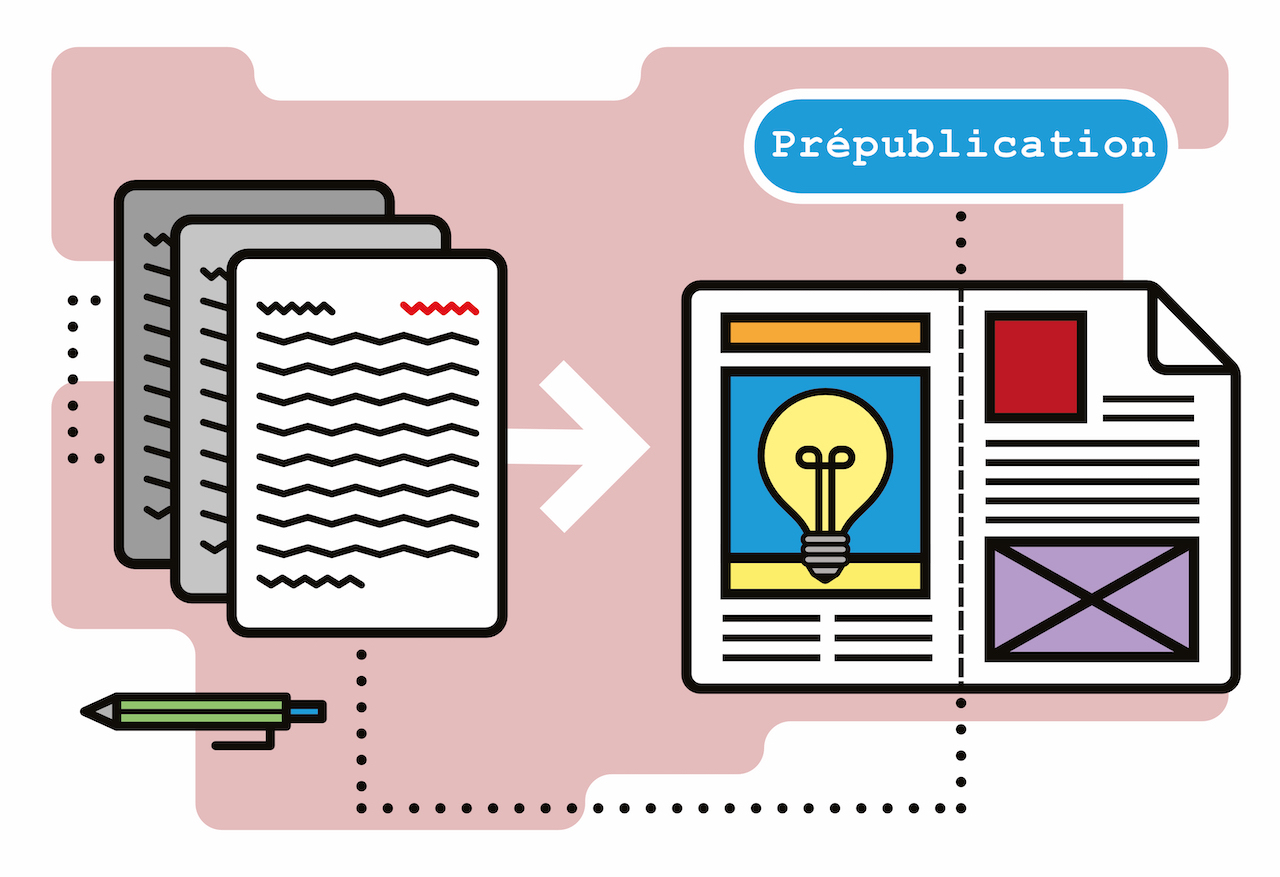Fiche du document
6 novembre 2023
- ISIDORE Id: 10670/1.b546a8...
- hal: hal-04271648
- BIORXIV: 2021.05.23.445307
- doi: 10.1101/2021.05.23.445307
HALSHS : archive ouverte en Sciences de l’Homme et de la Société - notices sans texte intégral
Ce document est lié à :
info:eu-repo/semantics/altIdentifier/doi/10.1101/2021.05.23.445307
Sujets proches
Reading--Study and teachingCiter ce document
Oscar Woolnough et al., « A Spatiotemporal Map of Reading Aloud », HALSHS : archive ouverte en Sciences de l’Homme et de la Société - notices sans texte intégral, ID : 10.1101/2021.05.23.445307
Métriques
Partage / Export
Résumé
Reading words aloud is a fundamental aspect of literacy. The rapid rate at which multiple distributed neural substrates are engaged in this process can only be probed via techniques with high spatiotemporal resolution. We probed this with direct intracranial recordings covering most of the left hemisphere in 46 humans as they read aloud regular, exception and pseudo-words. We used this to create a spatiotemporal map of word processing and to derive how broadband gamma activity varies with multiple word attributes critical to reading speed: lexicality, word frequency and orthographic neighborhood. We found that lexicality is encoded earliest in mid-fusiform (mFus) cortex and precentral sulcus, and is represented reliably enough to allow single-trial lexicality decoding. Word frequency is first represented in mFus and later in the inferior frontal gyrus (IFG) and inferior parietal sulcus (IPS), while orthographic neighborhood sensitivity resides solely in IPS. We thus isolate the neural correlates of the distributed reading network involving mFus, IFG, IPS, precentral sulcus and motor cortex and provide direct evidence for dual-route models of reading, with parallel processes via the lexical route from mFus to IFG, and the sub-lexical route from IPS and precentral sulcus to anterior IFG.
